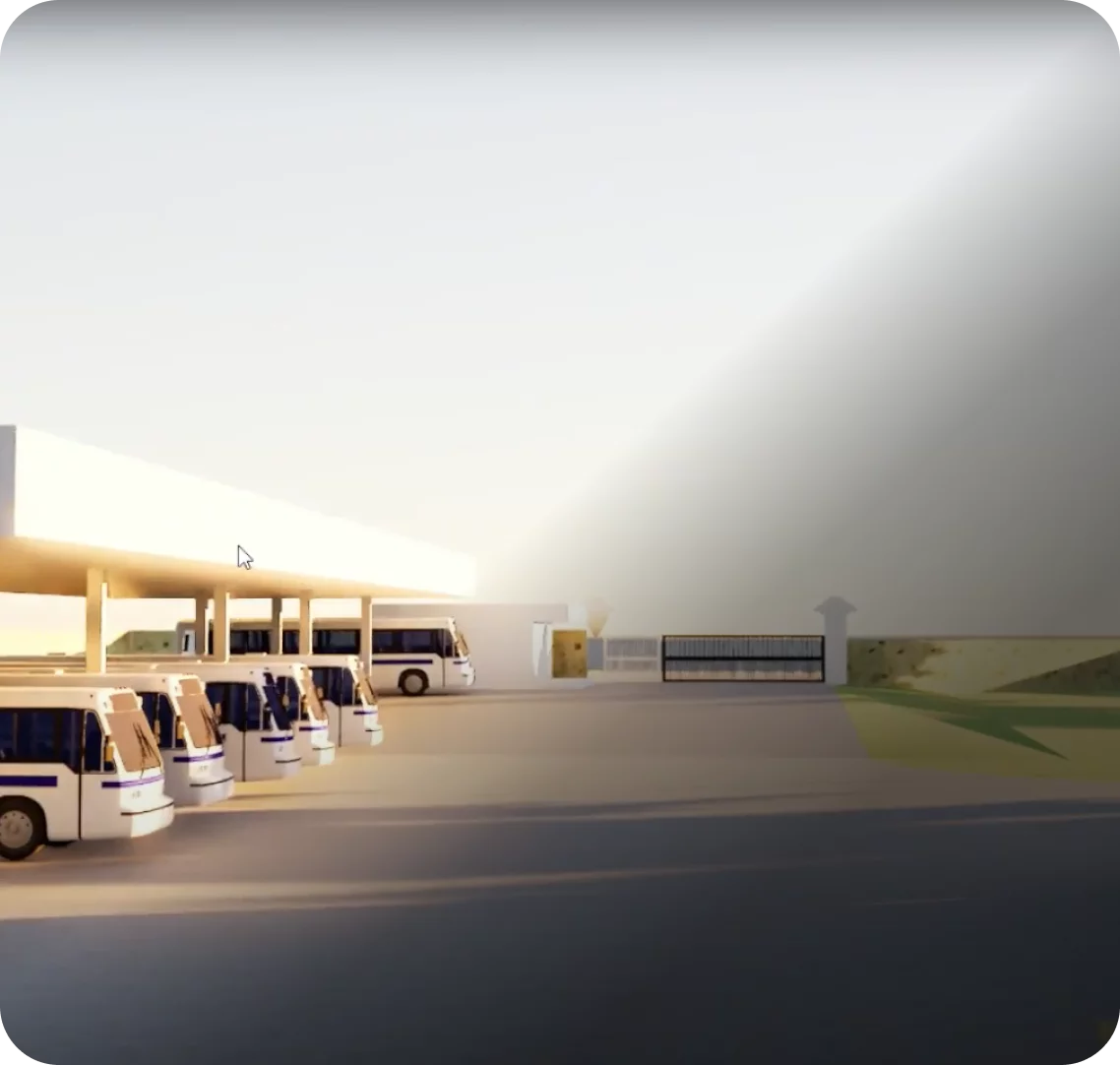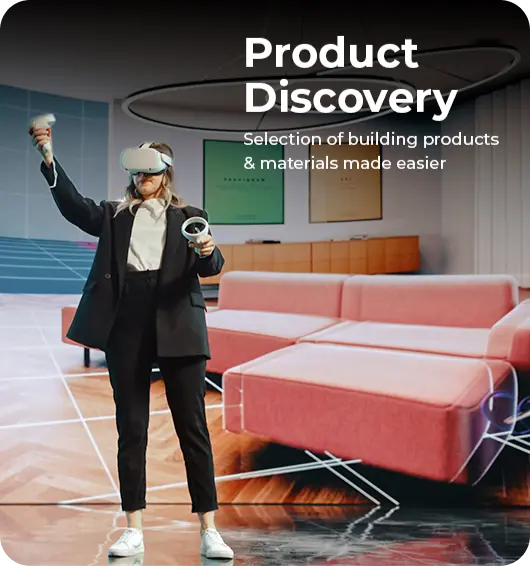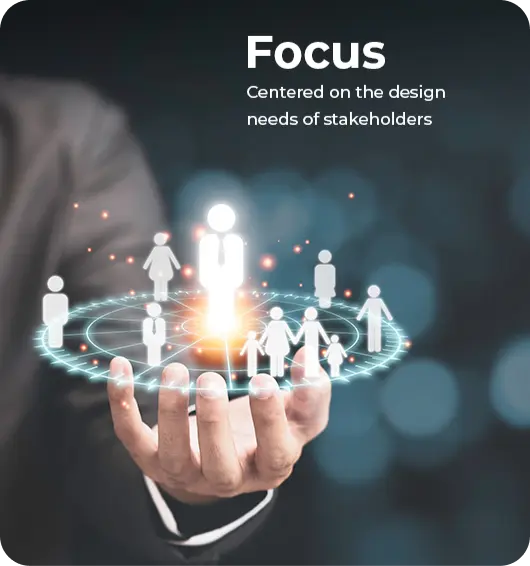

Quick Search :
















Choose from our list of products and services as per your requirements and transform your projects.








Augmented Reality (AR) enriches your physical environment by overlaying digital content such as graphics, sounds, or data onto the real world. This technology enhances your real-life experiences without replacing them, using devices like smartphones, tablets, or AR glasses.
Virtual Reality (VR) immerses users in a completely digital environment, fully replacing their real-world surroundings with a virtual space. In contrast, Augmented Reality (AR) enhances the real world by adding digital elements, allowing users to interact with both physical and virtual elements simultaneously.
Mixed Reality (MR) blends aspects of both Augmented Reality (AR) and Virtual Reality (VR), creating an environment where digital and physical elements coexist and interact in real-time. MR allows users to engage with virtual objects as if they were part of the real world, providing a seamless and interactive experience.
Augmented Reality (AR) is utilized in various fields, including:
Virtual Reality (VR) offers transformative applications in various industries:
Mixed Reality (MR) delivers several advantages:
Challenges for these technologies include:
The future of AR, VR, and MR looks promising with:
Augmented Reality (AR) enhances the real world by overlaying digital information and interactive elements onto physical spaces. This technology allows users to view and interact with digital models in their actual environment, making it easier to visualize how designs will fit into real-world settings. AR improves client presentations and project reviews by providing a more intuitive and engaging way to experience design concepts.
Virtual Reality (VR) creates a fully immersive digital environment where users can interact with 3D models and simulations as if they were in a real-world setting. VR technology provides a detailed and realistic view of design projects, allowing architects and designers to explore and modify their designs in a virtual space, enhancing accuracy and facilitating better decision-making.
The integration of AR and VR into the design process is transformative. Virtual Reality offers a comprehensive way to experience and manipulate design elements in a 3D space, improving the understanding of complex projects and fostering more effective collaboration. Augmented Reality enhances the way clients and stakeholders engage with designs, making presentations more impactful and decisions more informed.
At Trezi, we leverage AR and VR technologies to revolutionize the design experience. Our platform provides advanced tools that enable immersive design visualization and interactive client engagements. By utilizing our AR and VR solutions, professionals can streamline their workflow, enhance project presentations, and achieve more accurate design outcomes.